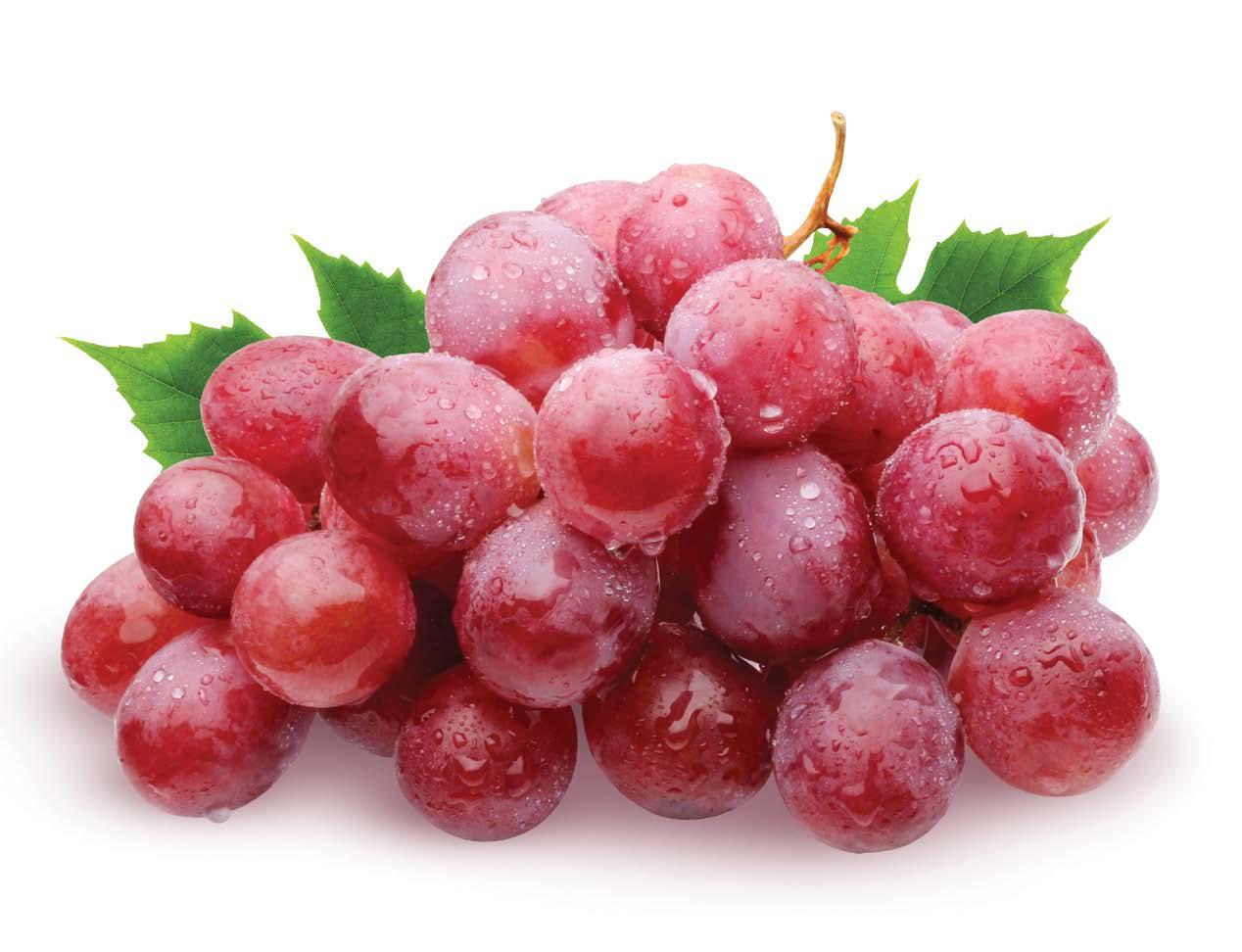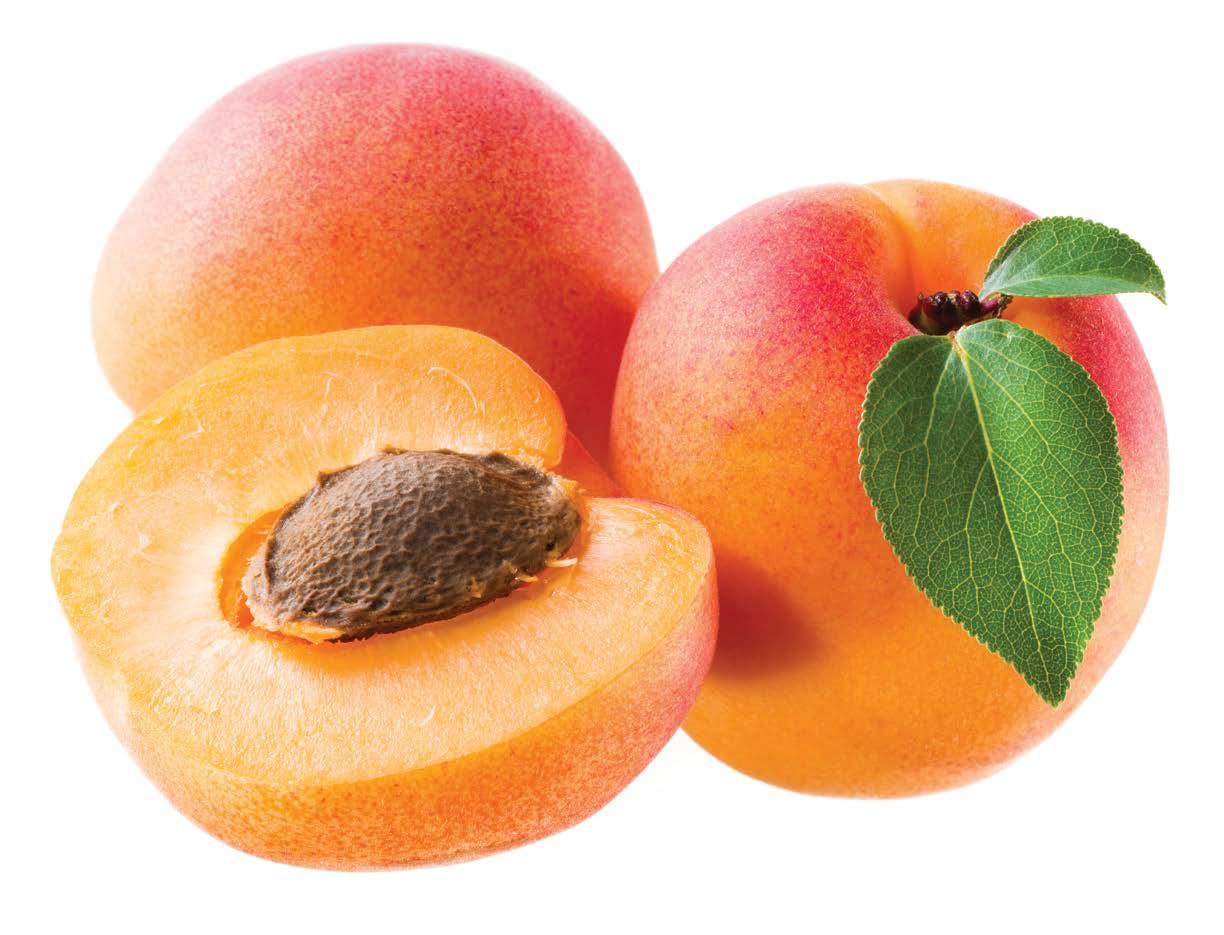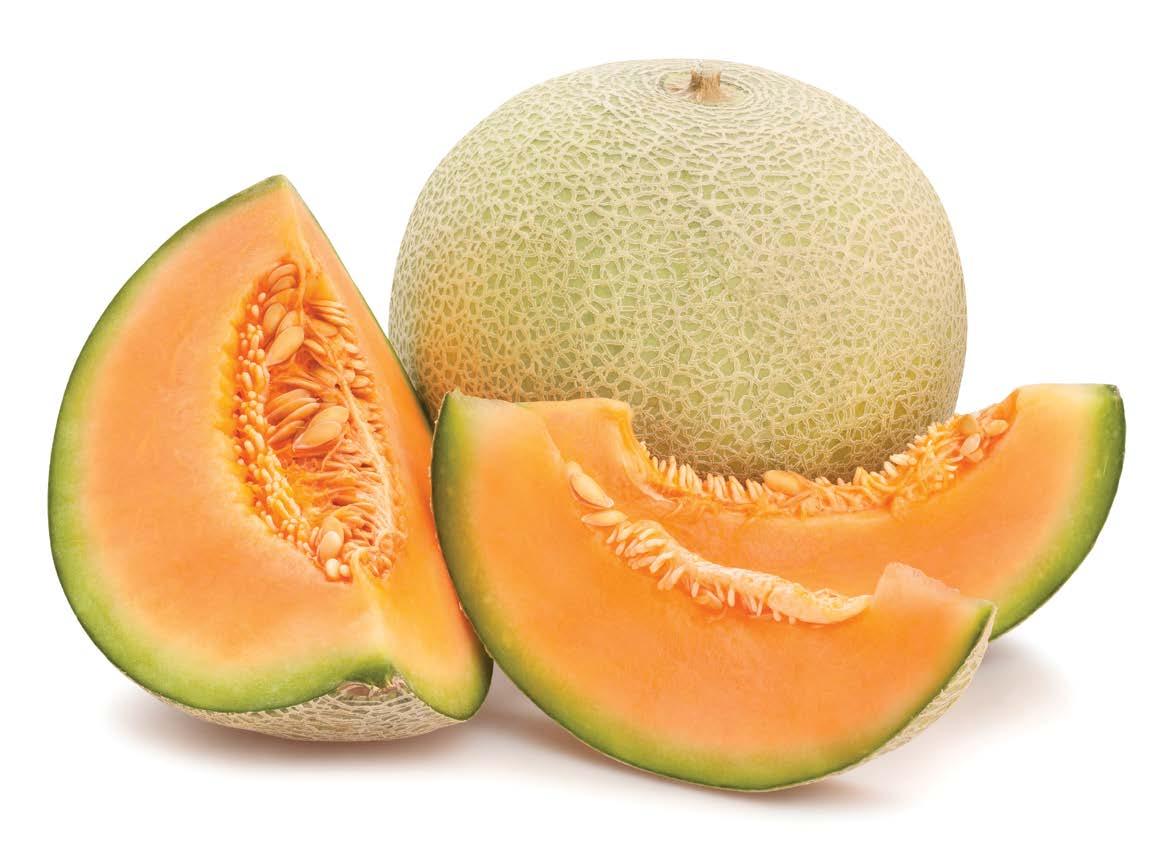About 25 billion oranges are grown each year in America; Florida grows the most.
Oranges NUTRITION
Nutrition Facts
Oranges are a good source of several nutrients, such as:
Amount per serving
Potassium. A diet high in potassium can lower blood pressure in people with elevated levels and benefits heart health. Vitamin B6 is essential to protein, fat, and carbohydrate metabolism and the creation of red blood cells and neurotransmitters. Vitamin C protects tissues supporting your entire body. It’s an antioxidant defending you from disease and the effects of aging. Your body’s ability to take in iron also improves with Vitamin C.
Serving size
Calories
1 orange
62
Total Fat 0.2g
0%
Saturated Fat 0g
0%
Polyunsaturated Fat 0g Monounsaturated Fat 0g Cholesterol 0g
0%
Sodium 0mg
0%
Potassium 326mg
9%
Total Carbohydrate 21.1g
7%
Dietary Fiber 4.3g
17%
Sugar 12.2g Protein 1.7g
3%
WAYS TO E AT A N D C OOK W I T H O RAN G E S
Vitamin A
8%
It’s likely you’ll spark a craving by using them like this:
Vitamin C
160%
Calcium
7%
Iron
1%
Vitamin D
0%
Vitamin B6
5%
Magnesium
4%
Straight from the peel: Peel and separate orange slices ahead of time. Drop into salads, smoothies, to bake on chicken dishes, or roast with other vegetables like beets and carrots. Peel and All: Orange zest is made from the top layer of an orange’s peel. It contains the fruit’s oils and adds a bright, citrus flavor to a dish. Over an orange, scrape a zester to take off and shred the orange of the peel from the white part which has a bitter taste and shouldn’t be eaten. Without a zester, use a knife. Cut the zest from the white part of the orange. Then, chop the peel into tiny pieces for spreading over dishes like roasted vegetables such as broccoli or brussels sprouts, chicken, fish, cakes or cookies.
Fruit & Vegetables: Facts, Nutrition and Recipes
*The % Daily Value (DV) tells you how much a nutrient in a serving of food contributes to a daily diet. 2000 calories a day is used for general nutrition advice.
9









































